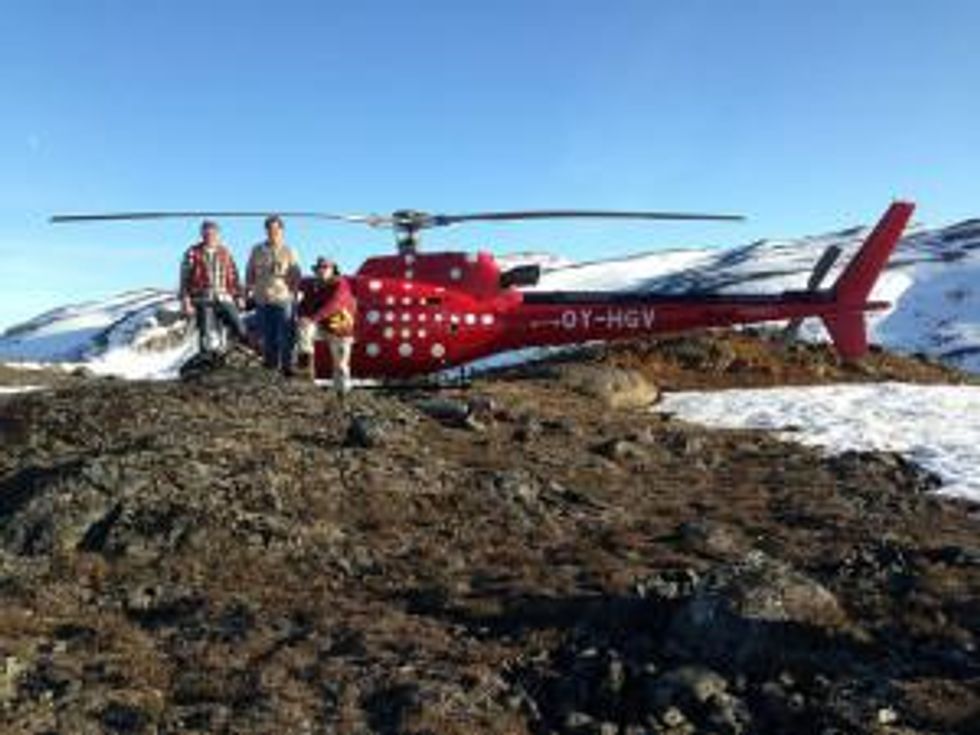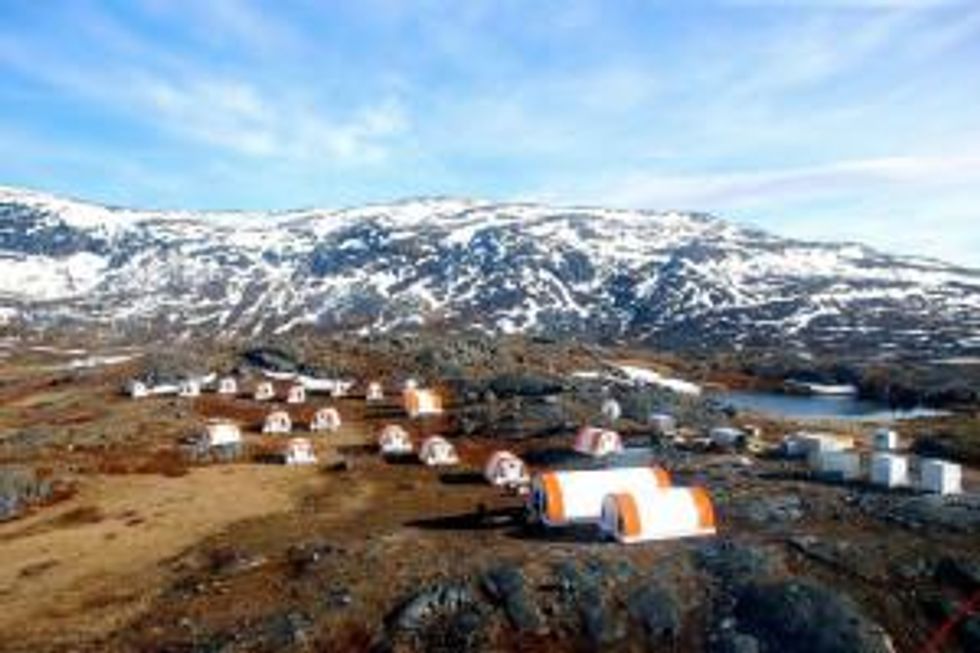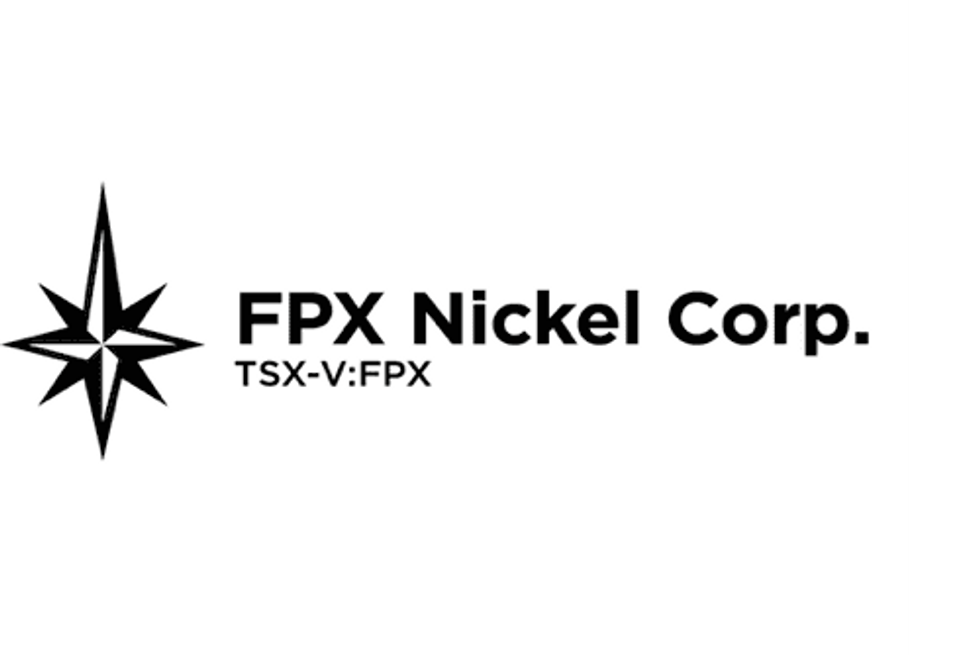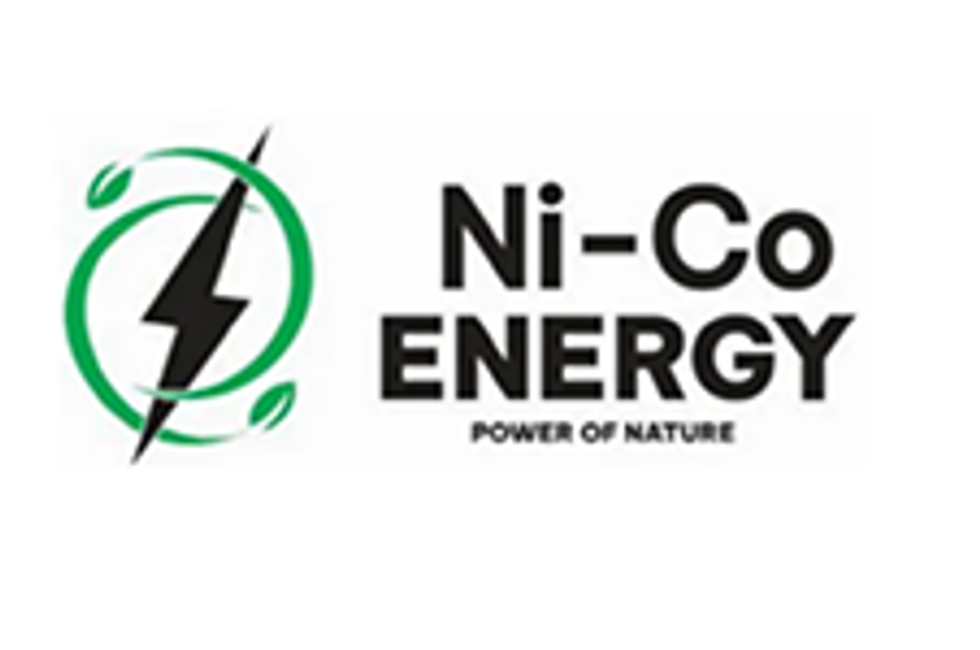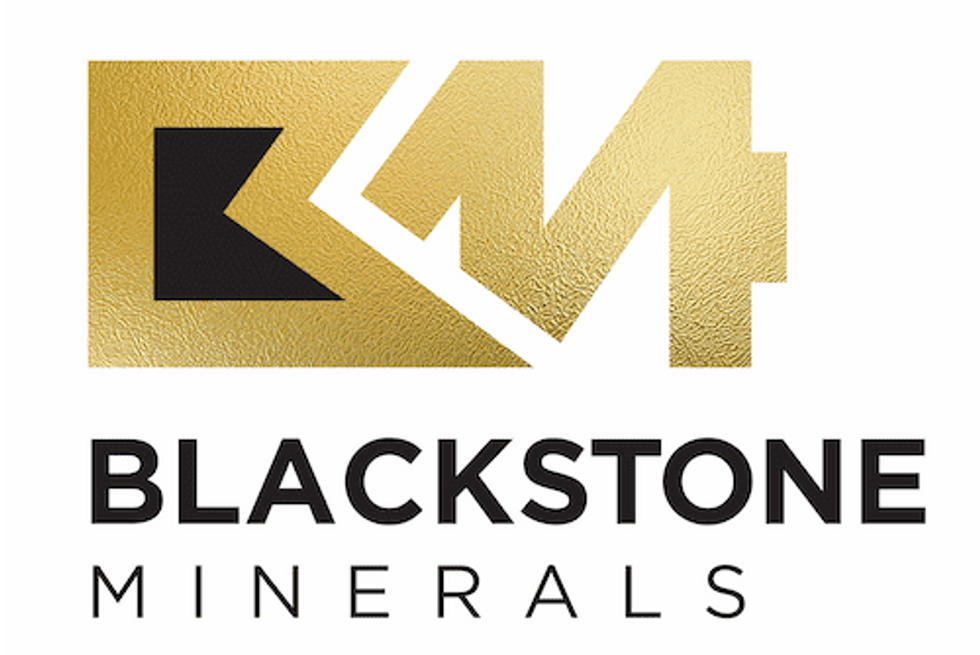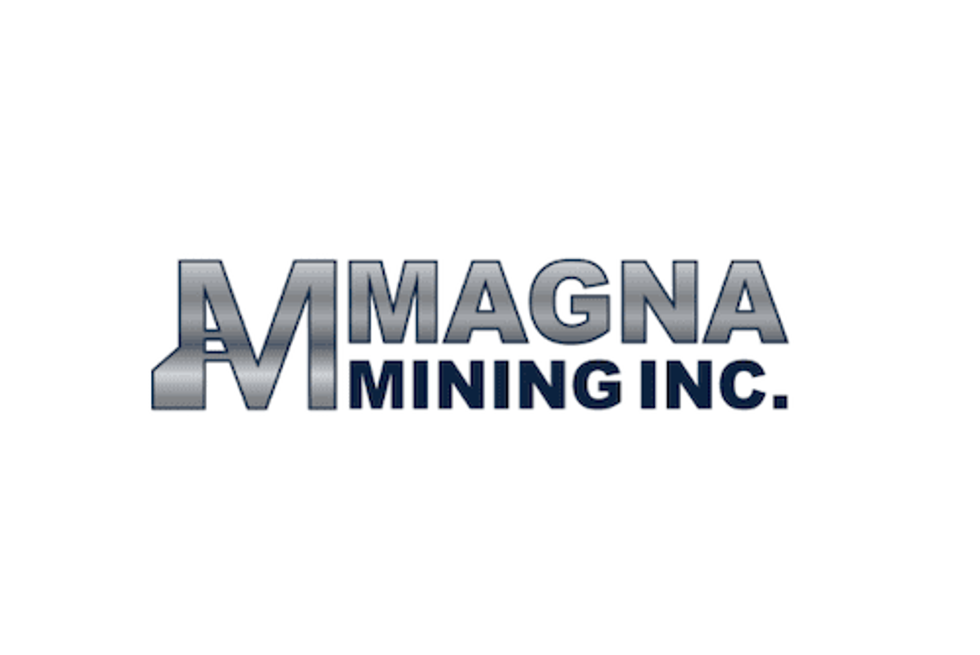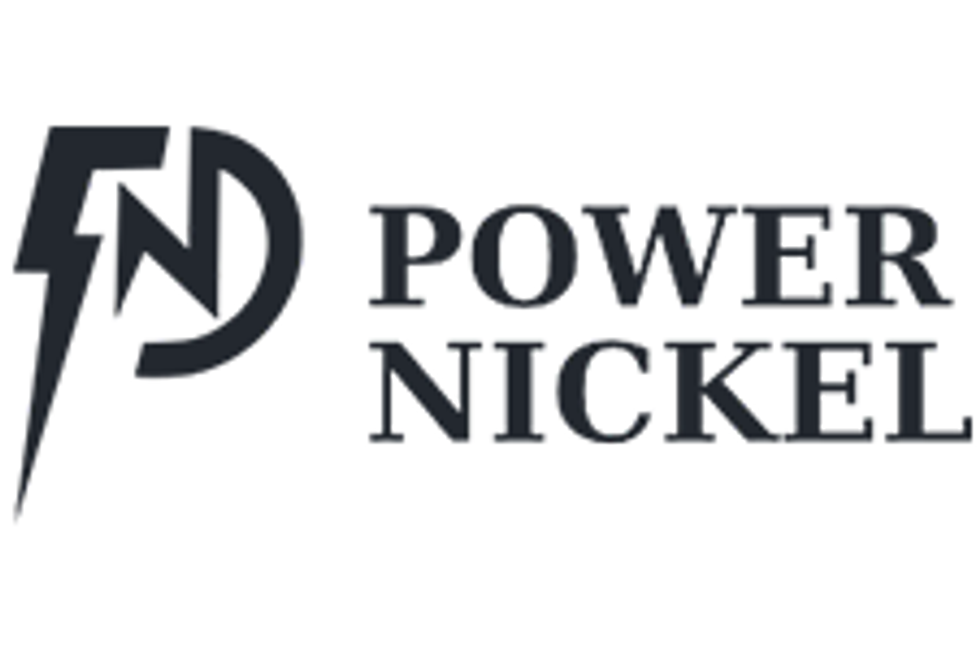North American Nickel’s Maniitsoq: New Technology in an Old Camp
Rick Mark and Neil Richardson of North American Nickel discuss the company’s summer plans for the Greenland-based Maniitsoq project.
It’s been almost a year since Nickel Investing News (NIN) last caught up with Neil Richardson, COO of North American Nickel (TSXV:NAN), and a lot has happened in that time. In particular, the company has made significant progress at its Greenland-based Maniitsoq project.
In the interview below, Rick Mark, the company’s CEO, joins Richardson to talk about what North American Nickel has planned for that project this summer. They also touch on how the company has been affected by current nickel prices and what makes it a compelling investment opportunity.
NIN: Starting off with an easy question, can you give me a little background information on North American Nickel?
RM: North American Nickel is a public resource development company that was formed about four years ago with a specific interest in nickel. We trade on the TSX Venture Exchange under the symbol NAN.
In 2011, we had the opportunity to acquire a very large, known nickel belt in Southwest Greenland called the Greenland Norite Belt; it has become known as the Maniitsoq nickel sulfide project. We own 100 percent of this 75-kilometer-long nickel belt, which is about the size of the 100-year-old Sudbury Nickel Camp in Ontario, so that in itself is quite remarkable for a small company.
NIN: Yes, that’s pretty significant. Why had no other companies acquired that land previously?
RM: There’s actually a really interesting history attached to Maniitsoq. In the 1960s, a small Danish company sent two guys out, dropped them off on rusty gossans and had them use man-carried winkie drills that could reach only about 50 meters in depth. They did that for 10 years. They drilled across the entire belt, but ultimately could not determine structures or targets to justify spending more money, so they walked away.
The giant nickel sulfide discovery at Voisey’s Bay was discovered in Newfoundland and Labrador in the early 1990s, and after that happened, people looked across at Greenland and decided to take a look since it was once part of North America and has a known nickel belt. Two major mining companies, Cominco and Falconbridge, did just that. Cominco, now Teck Resources (TSX:TCK.A,NYSE:TCK), flew an EM survey using fixed-wing aircraft, the best technology of the day. A fixed-wing aircraft flies high and fast, and since the topography is rugged, they didn’t detect significant anomalies; as a result, they, too, walked away. Falconbridge focused on ground EM for one season, but could not get a big enough target and also left.
Fortunately for North American Nickel, we have the data from all three companies’ work and the core from the drilling done in the 1960s. That was a huge advantage to us as we began to work at Maniitsoq.
We arrived in 2011 with today’s helicopter-borne VTEM technology. VMS Ventures (TSXV:VMS), which owns 22 percent of this company, made its Reed copper mine discovery in 2007 in Manitoba with the same helicopter-borne EM technology, so it’s something we’re very familiar with. This EM technology, aided by today’s computer advancements, is 15 years newer than what Cominco used, so when we flew over just the northern part of the belt in late 2011, many anomalies showed up. The VTEM worked. That was enough to get Sentient Group involved.
This truly is a “new-technology-in-an-old-camp” story. Many discoveries have been made by revisiting known mineralized areas with the newest exploration technologies of the day.
NIN: What is Sentient Group? And what does its involvement in Maniitsoq mean for North American Nickel?
RM: Sentient Group is a fund that manages about $2.7 billion in assets; it now owns 41.3 percent of the company. It is Australia based and very well known and respected in the industry. It is an excellent partner.
A major reason Sentient became a shareholder is that Maniitsoq is the only nickel sulfide exploration project in the world today that’s sitting on ice-free tide water. When we took out this exploration license in 2011 it was the largest license ever granted by the Greenland government, and Sentient noticed because it was watching Southwest Greenland. The Gulf Stream goes by Southwest Greenland, and therefore you’ve got ice-free tide water. Shipping by boat is the cheapest method of transportation, and with our project only 25 kilometers from the closest fjord, our transportation costs will be greatly reduced versus other operations that are hundreds of kilometers from tide water and have to truck or rail their concentrate to port. Our Maniitsoq project has access to a smelter in Labrador and there’s a smelter in Scandinavia, so transportation costs will certainly be much lower compared to nickel that comes out of the Raglan Belt in Northern Canada.
The fact that Sentient has increased its ownership to 41.3 percent through exercising warrants and fully engaging that percentage in this most recent financing I think can be seen as a confidence measure for investors looking at North American Nickel. Sentient has done its due diligence and continues to maintain its ownership position.
NIN: I know drilling at Maniitsoq has returned some very high-grade results — how do they compare to results from other projects around the world?
NR: If you look at the results we’ve achieved to date, especially with the deeper holes at Imiak Hill, holes 26 and 28, those values are plus 3-percent nickel with some very good copper values. By comparison, most of the mining that’s gone on in Sudbury was at 1-percent nickel, 1-percent copper.
But what we’re comparing ourselves to right now is Voisey’s Bay, and a little to the Ungava region in Northern Canada, where Raglan is. Voisey’s is around 1.6-percent nickel and 0.8-percent copper, so we have similar or better grades than that in our early work. The Ungava region is around plus 3-percent nickel and about 0.8-percent copper as well. So what we see with the drill results that we have to date at Imiak Hill and Imiak North is that both those showings are within the realm of some of the bigger nickel deposits and nickel camps around the world.
NIN: From what I understand, North American Nickel has spent the last few months gearing up for a summer drill program. What work has been completed thus far?
NR: We spent a lot of time over the winter getting geared up for our spring geophysical program. As we speak, our crews are on the ground with two geophysical survey teams — both of them are from Crone Geophysics of Mississauga, Ontario. One crew is performing a surface time domain EM survey; it’s focusing on the IHCC, which is the Imiak Hill Conduit Complex, where our high-grade discoveries reside. We have a gravity crew there as well, and it has been operating since mid-April, when we started our surveys. We’re continuing our work for another seven to 10 days, and we should be wrapping up just in time for our drill season to begin in mid-June.
During the winter we were also planning our drill holes. We’ve had a meeting in Winnipeg this past spring where we brought in a group of nickel experts form across Canada, and at that meeting our technical team reviewed our drill database and our project to date. From that, we hired one of these experts, Patricia Tirschmann, who is now consulting as our full-time principal nickel geologist.
The first drill rig is now in Nuuk and the teams arrive June 13. Our IHCC drilling (zone drilling) plan to build tonnage at Imiak is done and ready to go. We are near completion of our regional exploration drill plan, which will target 14 locations across the belt; it will be the focus of our second drill, arriving in mid-July. So we’re geared up and very excited to get started.
NIN: Is there anything that still needs to be done?
NR: We need to complete the interpretation from those recent ground geophysical surveys. The results will be integrated into our IHCC drill plan, so it is a dynamic process. We will make adjustments as we see fit when the new geological, geophysical or geochemical data becomes available. When we complete any drill hole, we immediately do a borehole EM survey, which means we put a probe down the hole and measure the electromagnetic field that is generated from sulfide-rich deposits; this probing information gets brought into planning of the next drill hole. It is a fantastic tool to help guide the drill.
NIN: On May 29, the company raised over $9 million via a non-brokered private placement. With that money, will the program be fully funded?
NR: The money that was announced on May 29 will fully fund our program this season.
NIN: What is the goal of this summer’s drill program?
NR: The first goal is to drill the high-grade IHCC area and build tonnage. We hope to be able to begin a NI 43-101 resource estimate as a result of this year’s work at Imiak. The second goal is to identify additional mineralized areas across the belt in our regional drill program.
The guys are excited to go. It’s an amazing team. With the bigger markets slowed down, we’ve been able to get top-quality geologists to come and join us on our Maniitsoq adventure.
NIN: That plays into my next question — nickel prices have been doing very well this year, largely because of the Indonesian export ban, but also somewhat due to concern about sanctions on Russia. Has investor interest in North American Nickel increased as a result?
RM: I think unequivocally the answer is yes. Since January, we’ve seen the nickel price trading from the low $6 range to between $8.50 and $9, at some points even over $9. So that’s a pretty dramatic rise. And that has brought investors’ attention to nickel.
It was interesting to hear from a senior analyst in Toronto about a month ago. We have been encouraging him to consider this story for well over a year. He called me to say, “Rick we’re now interested because I’m getting calls from investors in the institutional community asking me if I know of any ‘nickel names.’” It turns out there are very few nickel companies in the world; they’ve merged and become bigger and exploration hasn’t been particularly well financed in the last few years because the price of nickel was so low that there was no money allocated to it.
NIN: Relatedly, is Maniitsoq slated to start producing in time to take advantage of the current lack of supply?
NR: All things going well, we’ve got a window of three or four years before we’ll get our Exploitation License (EL) from the Greenland government. We are actively planning to accelerate our activities towards an EL immediately upon discovery this summer. But the one thing I would say is that if you look at the last five-year window in the nickel world, we’re still below December 2010’s high, and in fact the price peaked around early 2011. So what I’d say is that these things come and go in cycles, and the big thing is to have the grade to get you through the low part of the cycle.
That’s where I think Maniitsoq shines. If you have the grade, it helps you get through those low cycles, and I think as long as we continue to repeat the grades we see at Imiak and develop a resource very similar to those grades, we will be successful in any nickel price environment.
Securities Disclosure: I, Charlotte McLeod, hold no direct investment interest in any company mentioned in this article.
Editorial Disclosure: Interviews conducted by the Investing News Network are edited for clarity. The Investing News Network does not guarantee the accuracy or thoroughness of the information reported. The opinions expressed in these interviews do not reflect the opinions of the Investing News Network and do not constitute investment advice. All readers are encouraged to perform their own due diligence.
Related reading:
How a Greenland Asteroid Crater Could Become the Next Big Nickel Region
